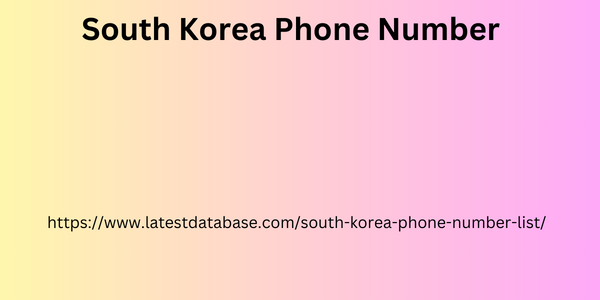Post by shahadat650 on May 18, 2024 6:56:37 GMT 2
The team was born: to find a solution that would also achieve the goal, offering intuitive technology and a human touch in improving processes. The HR department analyst and the operations analyst told us this story. Urbi Location Foundation Years Company size – Employees Department Road transport Thirst Brasilia What was the challenge? A company with employees working in different locations and at different working hours faced major challenges in time control and efficient management of working time. Faced with this complexity, the company identified the need for a solution that could provide security, authentic information and flexibility to meet the different working time rules of its employees. Therefore, we needed to look for a technological solution that could provide agility, reliability and automation in working time management.
Therefore, the collaboration with Urbi was launched to meet this challenge, offering a system that would not only meet the specific needs of Urbi, but also solve recurring problems in the company's departments and operations. In addition, the complexity of the different working hours of employees and the frequent changes in work schedules led to problems such as overtime not being correctly recorded South Korea Phone Number , affecting the payment of wages and generating operational problems. Before Urbi's solution, the entire operational process related to time control took an average of days. Double Footprint: Details of the Working Day in Urbi Brazilian labor legislation provides for the possibility of adopting a working time system known as double footprint for certain professional categories. This model, regulated by article , allows companies with external activities to control the working day by recording the entry and exit of the enterprise, as well as specific records of activities carried out outside the head office. Dealing with employees working in different shifts and in different locations, there are considerable challenges in managing these double workloads, leading to complications in verifying working hours and payroll.

Recognizing the complexity of such a journey, adapting its functionality to specific needs, allowing the creation of specific calculation rules required, facilitating its management. Flexibility in adapting to the dual working hours system is essential to ensure legal compliance and simplified personnel management, increasing transparency and efficiency in the management of working time. Technology combined with problem solving The implementation of the solution in represents a revolution in the solution of problems related to the management of working time and overtime. Prior to this change, the company faced major challenges, such as recurring problems with personnel changes, which led to salary discrepancies. With , these problems have been solved in an extraordinary way. One of the most impactful features is the introduction of management reports, which was missing in the old system. These reports make it easier and more efficient to check time and clock discrepancies. In the administrative area, the time to check system discrepancies has been reduced by about: previously it took more than 24 hours a week to raise discrepancies, and now the verification time has been significantly reduced to less than 24 hours.
Therefore, the collaboration with Urbi was launched to meet this challenge, offering a system that would not only meet the specific needs of Urbi, but also solve recurring problems in the company's departments and operations. In addition, the complexity of the different working hours of employees and the frequent changes in work schedules led to problems such as overtime not being correctly recorded South Korea Phone Number , affecting the payment of wages and generating operational problems. Before Urbi's solution, the entire operational process related to time control took an average of days. Double Footprint: Details of the Working Day in Urbi Brazilian labor legislation provides for the possibility of adopting a working time system known as double footprint for certain professional categories. This model, regulated by article , allows companies with external activities to control the working day by recording the entry and exit of the enterprise, as well as specific records of activities carried out outside the head office. Dealing with employees working in different shifts and in different locations, there are considerable challenges in managing these double workloads, leading to complications in verifying working hours and payroll.

Recognizing the complexity of such a journey, adapting its functionality to specific needs, allowing the creation of specific calculation rules required, facilitating its management. Flexibility in adapting to the dual working hours system is essential to ensure legal compliance and simplified personnel management, increasing transparency and efficiency in the management of working time. Technology combined with problem solving The implementation of the solution in represents a revolution in the solution of problems related to the management of working time and overtime. Prior to this change, the company faced major challenges, such as recurring problems with personnel changes, which led to salary discrepancies. With , these problems have been solved in an extraordinary way. One of the most impactful features is the introduction of management reports, which was missing in the old system. These reports make it easier and more efficient to check time and clock discrepancies. In the administrative area, the time to check system discrepancies has been reduced by about: previously it took more than 24 hours a week to raise discrepancies, and now the verification time has been significantly reduced to less than 24 hours.
